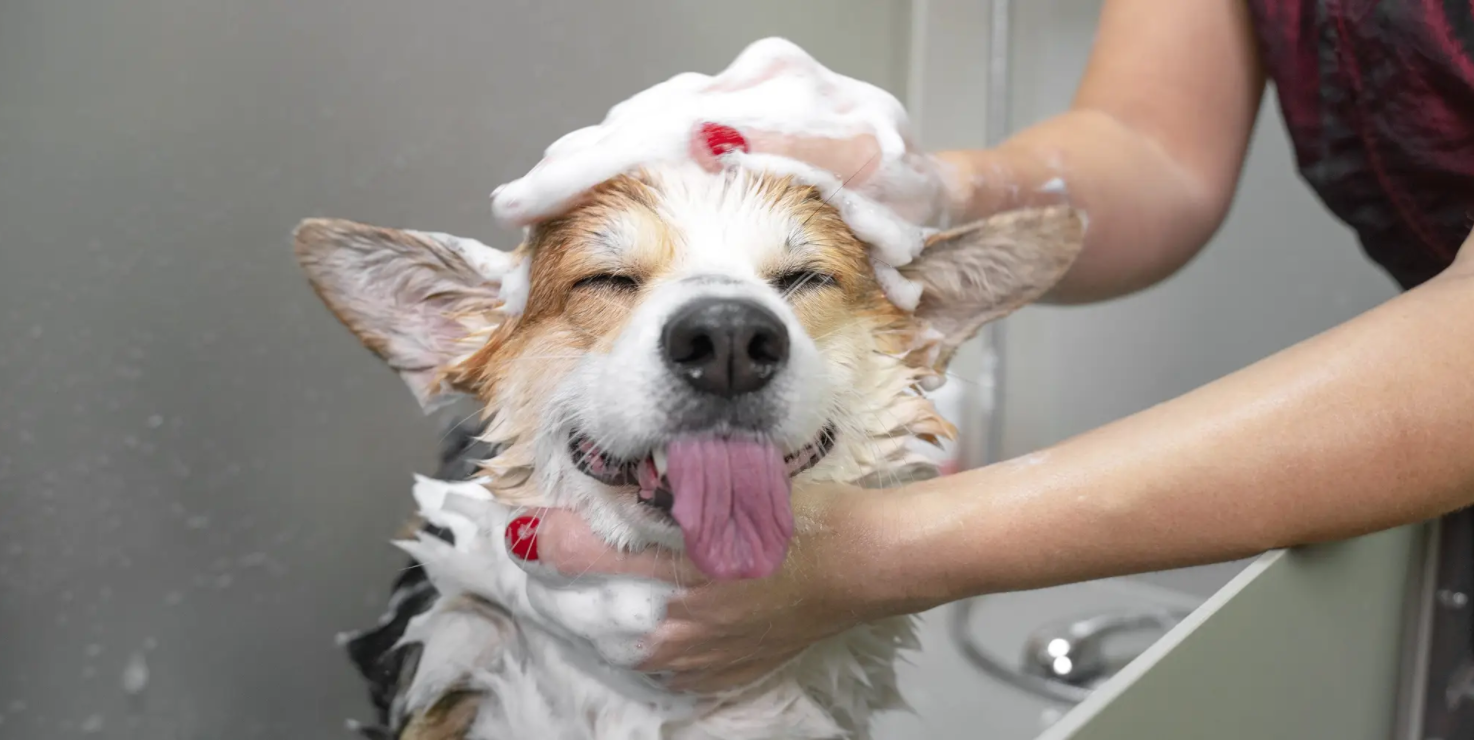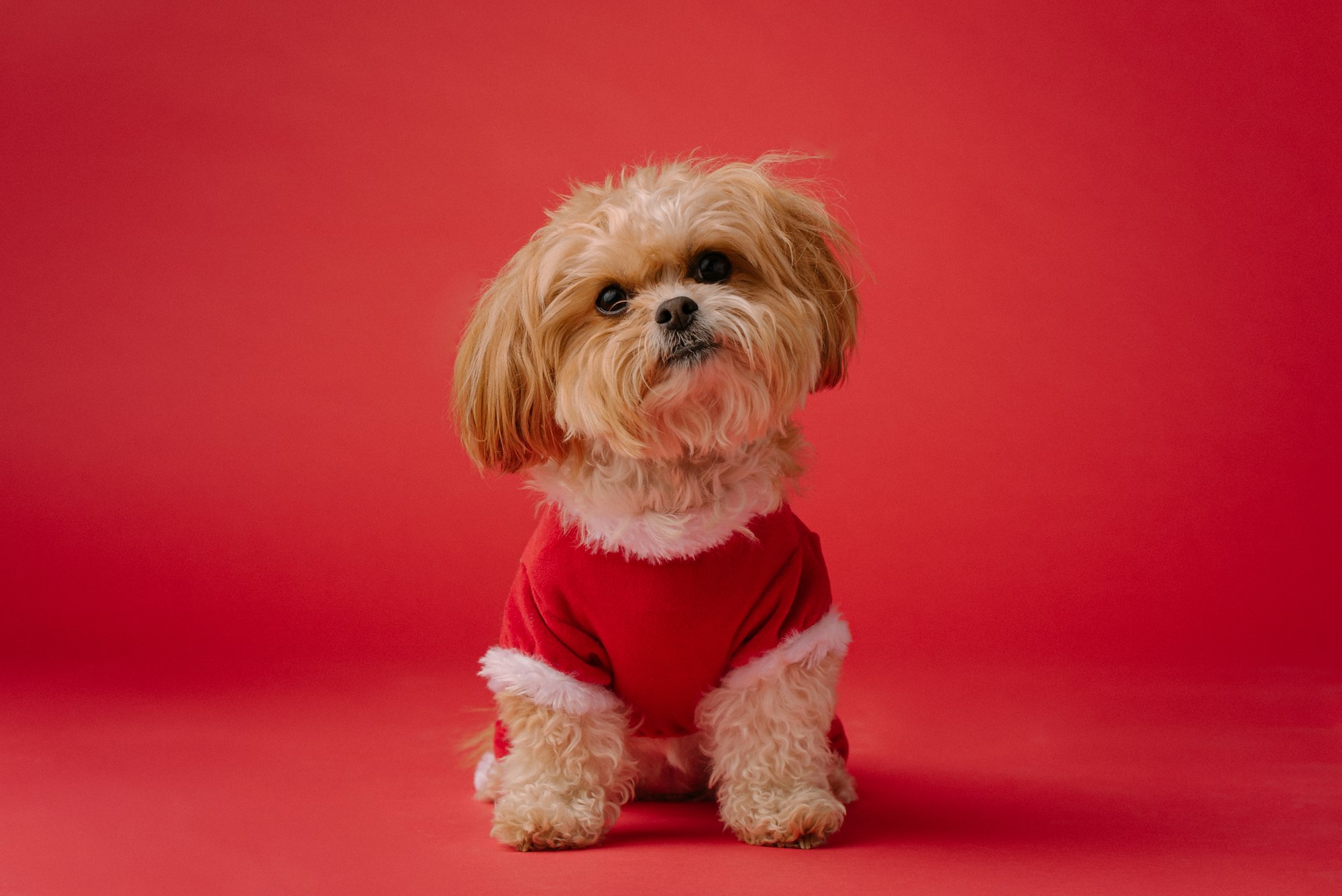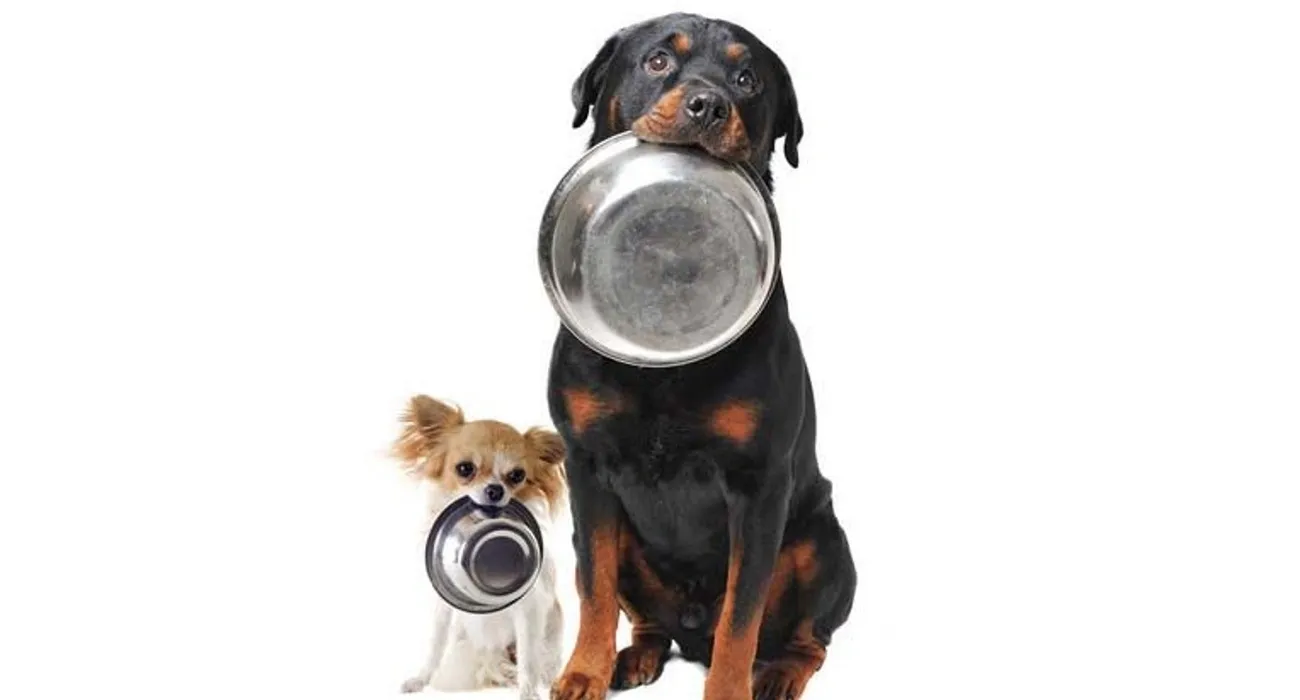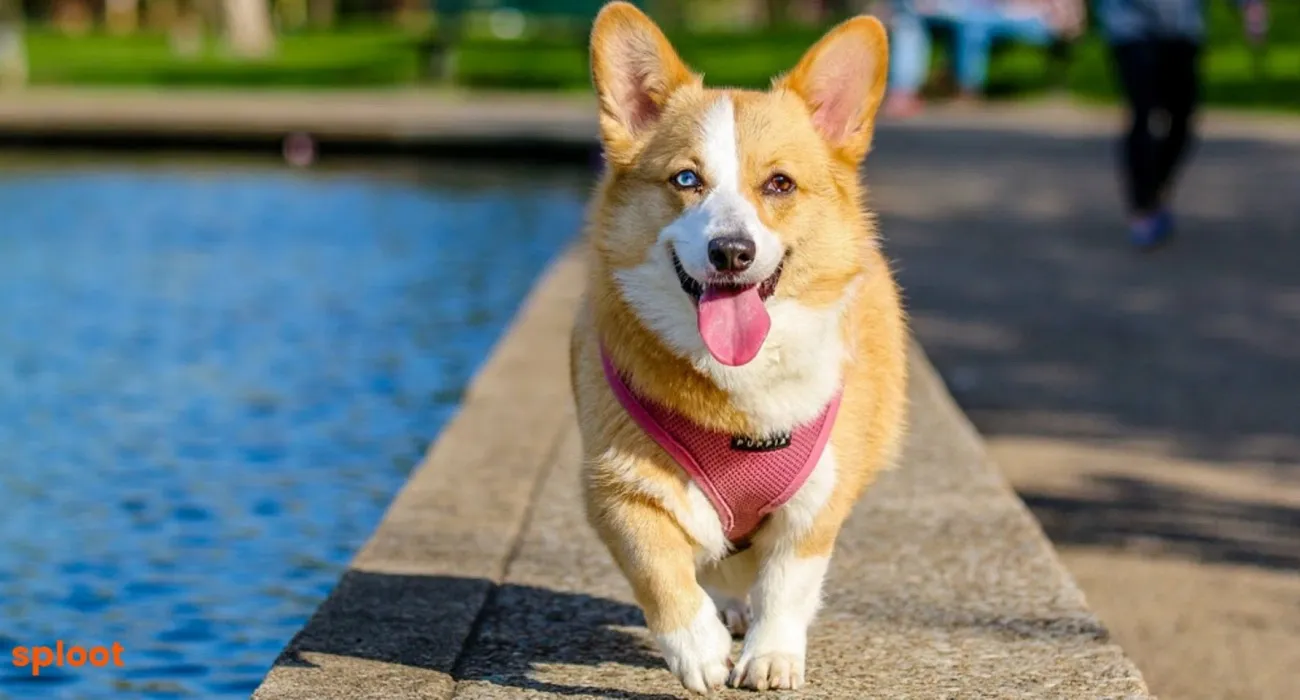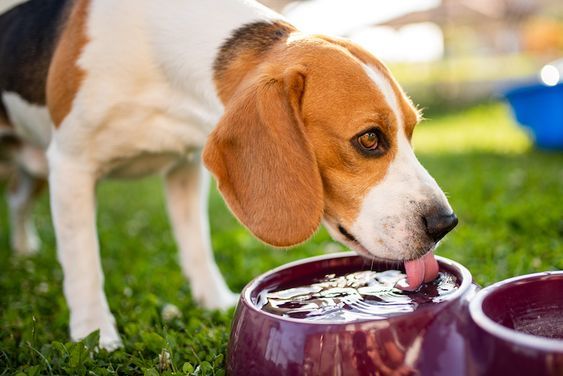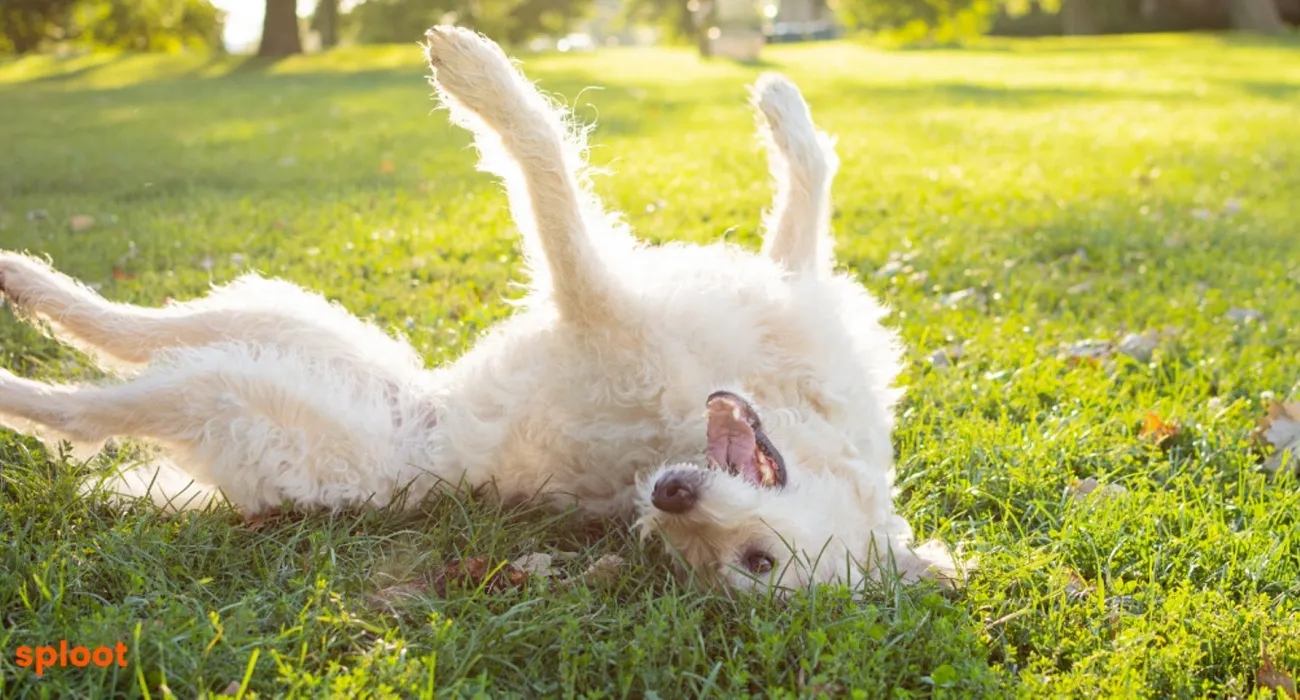It's not always easy to tell when a dog needs a bath. Overbathing rinses oils from a dog's coat, while inadequate baths signal unattractiveness and health problems. The following signs are 10 tips that give you the know-how to determine when to bathe your dog. These hints range from physical signs such as dirt to subtle changes in coat texture and increased itching.

1. Unusual Smell
- An unappealing lingering odor coming off your dog is a surefire sign that it needs a bath. The odor could be the accumulation of dirt, oils, or an infected area of skin. If the odor is particularly strong or pungent, it may be time for a vet appointment.
2. Visible Dirt and Grime
- This is one of the most obvious indicators. If your dog returns from a romp in a dirt pile with filthy fur, rolling in the grass, and otherwise looking unkempt, it is high time to give it a bath. Dirt and grime not only give an unkempt appearance but they can also irritate a dog's skin.
3. Excess Shedding or Matting
- Some shedding is normal; however, inordinate shedding and patchy matted fur means it's time for grooming-a bath included. Bathing removes loose hair as well as minor mats that could then be combed out. Severe matting may require professional grooming. To avoid severe matting, the coat needs to be brushed on a daily basis.
4. Skin Issues
- Skin conditions involving redness, dandruff, itch, or other irritation will often indicate to the dog caregiver that it is time for a bath. A gentle shampoo within a bath aids in soothing the skin and removing some of the allergens/irritants. Any problems that persist should be followed up with a veterinarian.
5. Frequent Scratching
- Itching can be caused by fleas, ticks, allergies, or dry skin. A bath may relieve itching caused by dry skin or irritation. If scratching continues following a bath, contact your veterinarian to rule out other causes.
6. Greasy or Sticky Coat
- A very greasy or sticky feel to the dog's fur indicates an overproduction of natural oils. Grime will accumulate in the coat, rendering it dull and unkempt, requiring a degreasing shampoo for a bath to restore balance.
7. Unusual Coat Texture
- A bath can restore the natural texture of an overly coarse, dry, or generally unpleasant-feeling coat. An appropriate bath with a moisturizing shampoo may promote moisture in the dog's coat and enhance softness and smoothness.
8. Foul Odour from Paws or Ears
- Sometimes, the source of an odor is not the coat itself; it could be just the ears or the paws. As a result of dirt, debris, and bacteria accumulation, these lesions may stink. Be alert during bathing.
9. Increased Licking
- Excessive licking of the paws, legs, and other body parts could indicate irritation or pain. They could be due to allergies or simple dust irritation. A bath would help remove irritants and soothe the areas affected.
10. Dull or Discoloured Coat
- A dull coat can signal dirt and oil accumulation or perhaps something more serious, such as a health issue: A bath can help restore the coat to its individual luster and color. If discoloration persists after a bath, visit the vet.
Key Factors to Consider Before Giving Bath to Your Dogs
Deciding how often to bathe your dog can be a bit tricky. It's essential to keep your dog clean, but bathing them too often can strip their coats off natural oils and cause irritation. Here are some main guidelines for establishing a bathing routine for your pup.
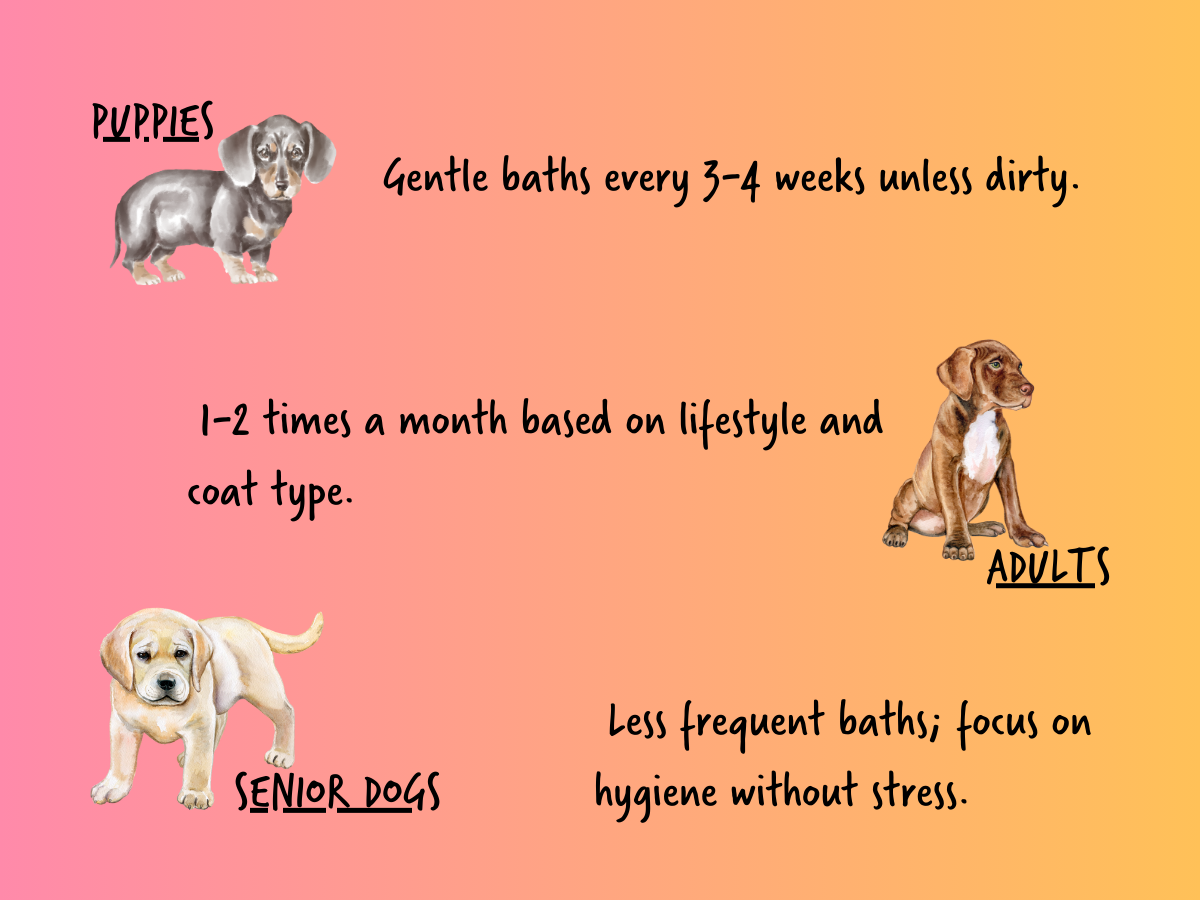
Breed-Specific Needs
- Long-haired breeds such as Shih Tzu or Poodles have long coats that trap dirt and mat such that regular baths (every 4-6 weeks) help control the coat of the dog and keep it from matting.
- Short-haired breeds such as Beagle or Labrador require less maintenance, needing to be bathed with less frequency (every 1 to 2 months) because the coat does not trap dirt easily.
Coat Length and Type
- Thick double-coated breeds, such as the Husky or Chow Chow, produce natural oils which insulate and protect their skin. They need to be bathed only when dirty, in a gouging manner, which means 2-3 months.
- Short, single-layered coats such as Dobermans and Whippets need less production of oils. They can also be bathed fairly frequently depending on activity, for 4 to 8 weeks.
Lifestyle and Activity Level
- Active dogs that mean business outdoors rolling around in mud or splashing through puddles get dirty much more quickly than others do. So, more activity generally means more baths (every 2 to 4 weeks).
- Indoor dogs, or less active dogs, enjoy nothing more than lounging around on the couch and thus tend to stay clean longer. For them, the occasional bath may be sufficient (every 1 to 2 months).
Weather and Seasonal Adjustments
- In humid weather, pups may sweat and begin to stink. Frequent baths (every 4 to 6 weeks) might be the way to go in order to keep odours at bay and skin irritations in check.
- Dry air during winter can dry your dog's skin. Cut down on baths (every 2 to 3 months) to keep natural oils intact.
Health and Veterinary Recommendations
- Patients suffering from allergy or dermatitis may require special medicated shampoo and bath schedule recommendations at the discretion of a veterinarian.
- Regular visits to the veterinarian can determine the best bathing plan to address the pet's special needs, particularly those related to any health problems.
Diet and Nutrition
- A balanced diet promotes healthy skin and coat, reducing the frequency of baths needed to manage skin issues. A diet rich in fatty acids will minimize excessive bathing by preventing dry skin and heavy shedding.
Easy Tips for An Enjoyable Dog Bath at Home
Bathing your dog can be a great opportunity to bond while reducing unnecessary tension. Making all the arrangements beforehand is important: getting lukewarm water, neither hot nor cold, dog shampoo, and if needed a dog coat scrubber.
Here are a few things you should keep in mind while preparing their baths.
- Human shampoo doesn't follow pH balance meant for dogs and may irritate their skin.
- Select a mild dog shampoo that fits the coat type (e.g., hypoallergenic for sensitive skin, oatmeal-based for dry skin).
- Rolled-up towels are a must, while non-slip mats in the tub or shower will minimise episodes of an accident.
Now that you are all set for their grooming session, here are a few things to follow to ensure a stress free experience.
- Technique-wise, the gentler approach works best. Wet their coat as much as possible using lukewarm water starting around the neck and working one down to avoid getting water into their ears which may lead to infection.
- Apply the shampoo gently and thoroughly lather it in, especially on the paws, belly, and tail. Never let shampoo into their eyes. Rinse thoroughly! Make quite sure that all traces of shampoo residue are gone at this point. Shampoo residue on their fur could make them itchy after the bath.
- Post-bath care is as important as the bath itself. Towel off as much water from your dog as possible. If long-haired, brushing them whilst drying them means fewer chances of matting. If your dog will accept it, you can use a hair dryer on low and cool, but at a distance from the skin to avoid burns. Regular brushing after bathing is needed to maintain a healthy coat and eradicate tangling.
- Too many baths can remove the dog's natural oils, leading to dry skin, irritation, and excessive shedding. Limit the baths to what is specified for the individual dog in accordance with breed, coat type, and lifestyle. This will help keep the balance of natural oils in good order and the coat healthy and shiny.
The first few baths give a puppy the chance to decide whether a bath is a nice experience or one to be feared. Make the experience fun. Praise the puppy, gently rub him, and offer him little treats as baths are set up. Make the early baths short and sweet, so that your pup starts liking the process.
Things not to do:
- Do not use any human shampoos or aggressive cleaners on your dog.
- Don't bathe too often or the dog's coat will lose its natural oils.
- Always rinse thoroughly to avoid leaving shampoo on the skin, for this can irritate it.
- Dry off and brush immediately after the bath, especially with long-haired breeds, for this will prevent matting and skin issues.
Why Regular Grooming Is Essential for Your Dog’s Health?
Regular grooming is one of the basic prerequisites for your dog to enjoy all-around health and hygiene, lessen the build-up of dirt and deter bad odours or frequent bathing. Coat grooming gives excellent health to the coat, lessens shedding, and improves skin disorders in the dog. It would also make it easier to notice any early signs of dirt, mats, or unpleasant smells that would prompt a bath. Regular grooming makes bath time more enjoyable for both you and your dog, since they'll be attuned to being handled and accustomed to water.
A Final Word
Bathing your dog is one of the most significant processes; quite often, it will take patience and consistency. Alternatively, you could consult a professional groomer, like Sploot, and just enjoy the process, where I assure you that your dog will learn that it is really nothing to worry about. We use gentle care, safe products, and a happy grooming process at sploot.
Continue to follow sploot for more tips, events, and updates on Instagram!
FAQs on Signs Your Dog Needs a Bath
How often should I bathe my dog?
- It depends on your dog’s breed, activity level, and coat type, but typically 1-2 times a month is sufficient.
Can I bathe my dog everyday?
- Daily baths can strip natural oils from your dog’s skin, leading to dryness. Only bathe your dog daily if recommended by your vet.
How to know if a dog needs a bath?
- Signs include a strong smell, visible dirt, greasy coat, or excessive scratching.
What happens if dogs don't take baths?
- Neglecting regular baths can lead to skin issues, bad odour, and discomfort due to dirt and oils building up.
How long can my dog go without a bath?
- Dogs can go several weeks without a bath depending on their activity level and coat type, but regular grooming is important.


